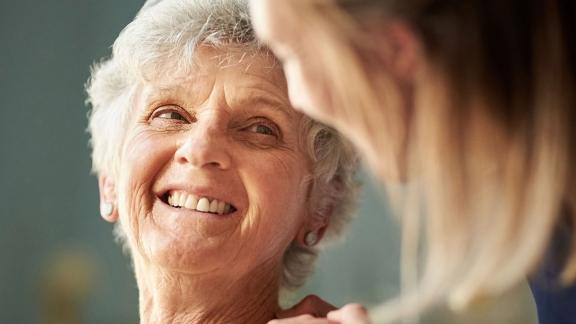Jargon buster: integrated care

The jargon buster forms part of the Integrated Care Communications Toolkit, a practical resource to help NHS Confederation members communicate changes in the health and care system in England.

The jargon buster forms part of the Integrated Care Communications Toolkit, a practical resource to help NHS Confederation members communicate changes in the health and care system in England.